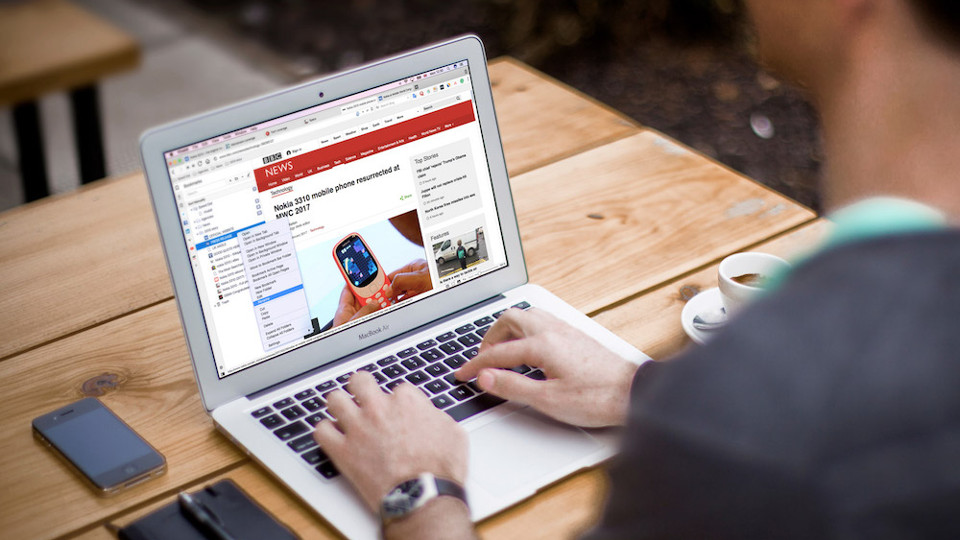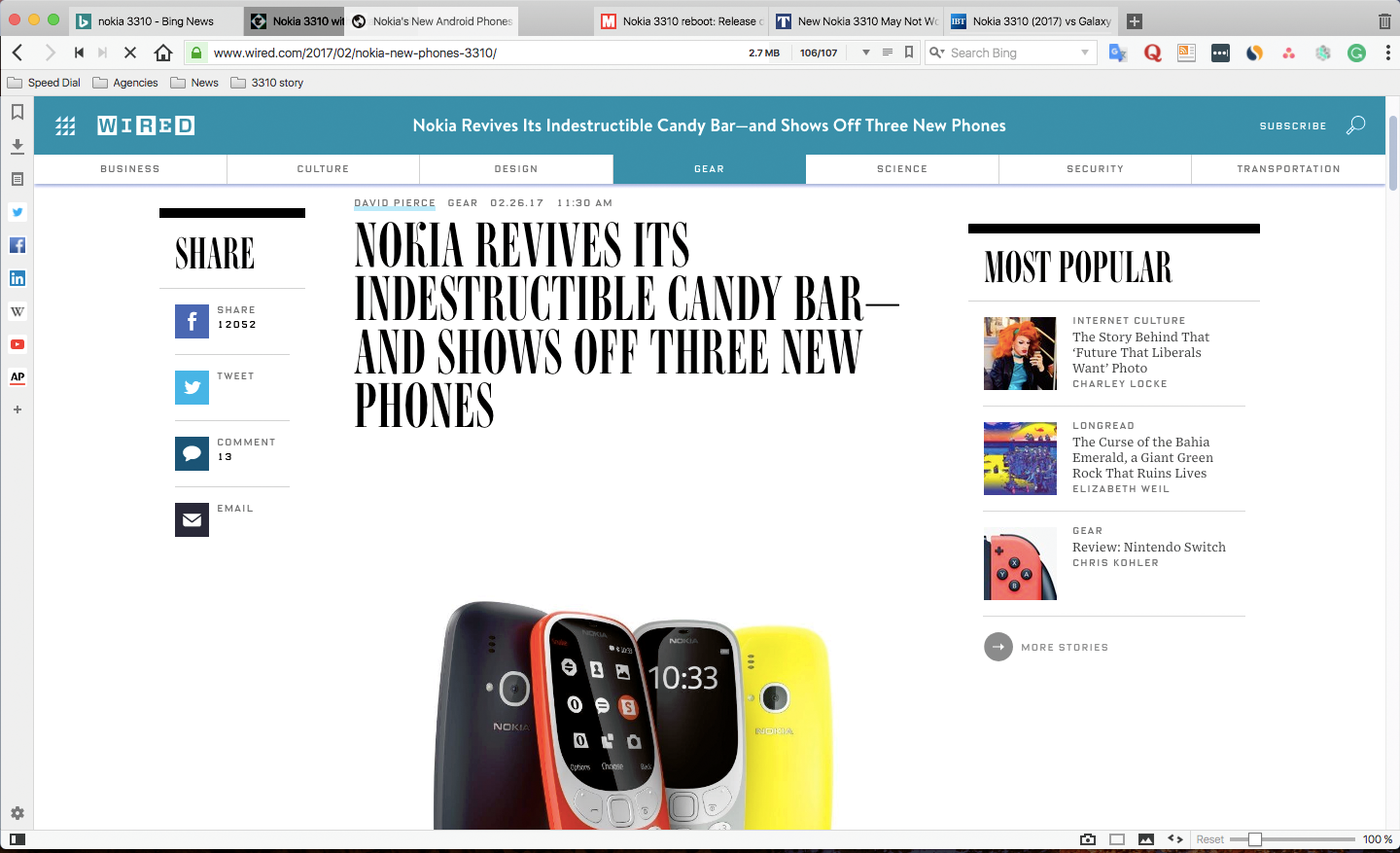
Researching with too many tabs open? No problem.
Chances are you’ll have a fair amount of tabs open when researching for a story. Before you know it, tabs become unusably small and you can hardly tell what is what. Sounds familiar?
With the Vivaldi browser, you can organize your tabs in groups called Tab Stacks. To create a Tab Stack, simply click and drag a tab on top of another tab. Hold it until the tab below becomes dark and drop it in. This way, you can keep related tabs together.

You can name your Tab Stack and get an even better overview of all the research material for your article. Make sure you enable Tab Stack Renaming in the Settings (Tabs → Tab Features → Tab Stacking), then right-click on a Tab Stack, chose Rename Tab Stack and enter the name of your choice.

Another practical feature for research is Tab Tiling. It lets you view websites side by side, as if you’re using multiple screens. Right-click on a Tab Stack and choose Tile Tab Stack. No more clicking between tabs to compare information.

Fast fact checking with Web Panels
Working with tight deadlines, you probably wouldn’t want to spend time on jumping from one app, tab or window to another to find what you’re looking for. Here’s where Vivaldi’s Web Panels come in handy. Just like with Tab Tiling, they allow you to display websites in a split-screen view. However, the convenience of having your favorite reference websites neatly stacked in a slim panel for quick access is great when the time is not on your side. One click, and you can check your Twitter feed or look up a fact or five – and you don’t need to leave the tab you’re currently browsing.

Quick access to bookmarks
There is more than just one way of accessing bookmarks in the Vivaldi browser, and having them readily available in the Side Panel can be a real time-saver. You can create a designated folder for your story and collect all relevant bookmarks there. You can also give it whatever name you want – instead of trying to remember what’s behind that long page title in your bookmark list.

Take notes in the browser
Vivaldi Notes are a great alternative to a list of URLs with comments in your text editor (you know who you are). You can access your Notes in the Side Panel or through the Ctrl-Alt-N / ⌥⌘ N keyboard shortcut.
There’s so much you can do with Notes! To get started, you can create a folder for the article you’re working on by clicking on the folder icon. Next, click on a plus icon to create a new note. You can add whatever text you want to the note by either copying and pasting it or with a simple drag-and-drop. Right-clicking on the note will let you name it what you want. You’ll get a URL of the page at the bottom of the note for easy access; you’ll also get a date and time when the note was taken. It’s all right there in your browser, so no need to switch from one app to another.

You can also attach files from your computer to your notes and even add screenshots by capturing the entire screen or a selected area.

For you, extensions fans
Many journalists like their browser extensions, but what often happens is that the buttons start taking up the space in the address bar. With the Vivaldi browser, you can quickly hide – or unhide – your extensions with a single click. This takes away the distraction of having the extension buttons always visible and helps reduce clutter.
![]()
Just as there are million ways to customize everything in the Vivaldi browser, there surely are many other features that journalists could use in their work. Let us know in comments if you can think of more!


